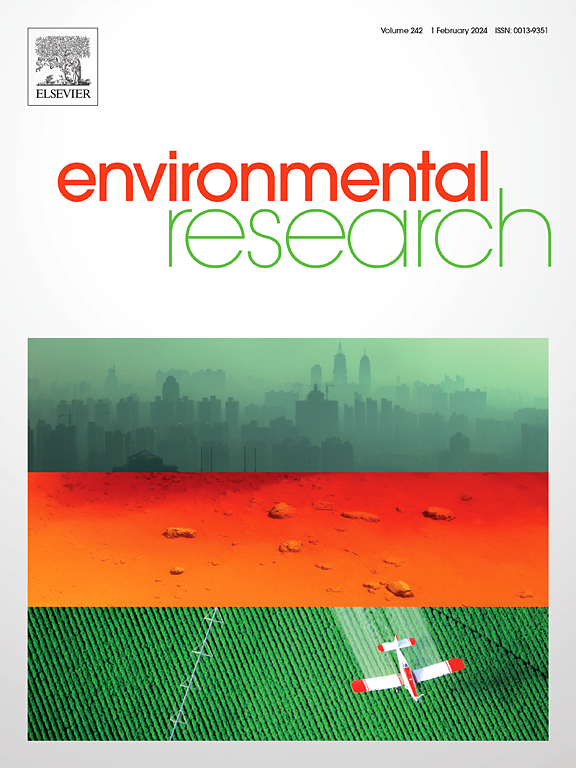红泥基磁性生物炭复合材料降解四环素的过硫酸氢盐活化剂。
IF 7.7
2区 环境科学与生态学
Q1 ENVIRONMENTAL SCIENCES
引用次数: 0
摘要
红泥是世界上有色金属工业中产生最多的废物。它的利用仍然具有挑战性,处置主要依赖于储存。由于它的碱性很强,对环境有很大的风险。本研究探讨了赤泥基催化剂WR800的高价值利用潜力,该催化剂是由赤泥和麦秸在高温下一步煅烧法制备的。该材料有效地活化过硫酸氢盐,在60 min内对TC (20 mg/L)的降解率达到97.7%,其中单线态氧(1O2)和羟基自由基(•OH)是活性物质。WR800表现出良好的pH适应性和对普通阴离子的弹性,解决了现实生活中废水处理的挑战。此外,WR800的磁性使其易于回收,即使经过4次再生循环,仍保持对99.9%的四环素的降解能力。将赤泥和麦秆转化为可持续催化剂,为处理被抗生素污染的水提供了一种低成本、环保的解决方案,符合循环经济原则。该研究显示了减少抗生素污染的工业应用潜力,并为工农业废弃物的处理提供了思路。本文章由计算机程序翻译,如有差异,请以英文原文为准。
Red mud-based magnetic biochar composite as a peroxydisulfate activator for tetracycline degradation
Red mud is the world's most extensively generated waste in the non-ferrous metal industry. Its utilization remains challenging, with disposal primarily relying on storage. Due to its strong alkalinity, it poses significant environmental risks. This study investigated the potential for high-value utilization of red mud-based catalyst, WR800, which was obtained via a one-step calcination method of red mud and wheat straw at high-temperature. The material effectively activated peroxydisulfate and achieved 97.7 % degradation of TC (20 mg/L) within 60 min. Singlet oxygen (1O2) and hydroxyl radicals (•OH) were identified as the active species. WR800 exhibited well pH adaptability and resilience to common anions, addressing challenges in real-world wastewater treatment. Additionally, the magnetic properties of WR800 facilitated its easy recovery, and it retained the ability to degrade 99.9 % of tetracycline even after four regeneration cycles. Turning red mud and wheat straw into a sustainable catalyst provides a low-cost and environmentally friendly solution for treating water polluted with antibiotics and is in line with circular economy principles. This study shows possible potential for industrial use in reducing antibiotic contamination and provides an idea for industrial and agricultural waste disposal.
求助全文
通过发布文献求助,成功后即可免费获取论文全文。
去求助
来源期刊

Environmental Research
环境科学-公共卫生、环境卫生与职业卫生
CiteScore
12.60
自引率
8.40%
发文量
2480
审稿时长
4.7 months
期刊介绍:
The Environmental Research journal presents a broad range of interdisciplinary research, focused on addressing worldwide environmental concerns and featuring innovative findings. Our publication strives to explore relevant anthropogenic issues across various environmental sectors, showcasing practical applications in real-life settings.
 求助内容:
求助内容: 应助结果提醒方式:
应助结果提醒方式:


